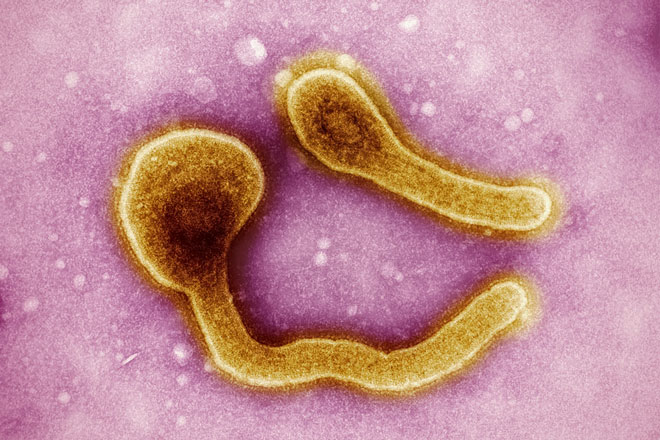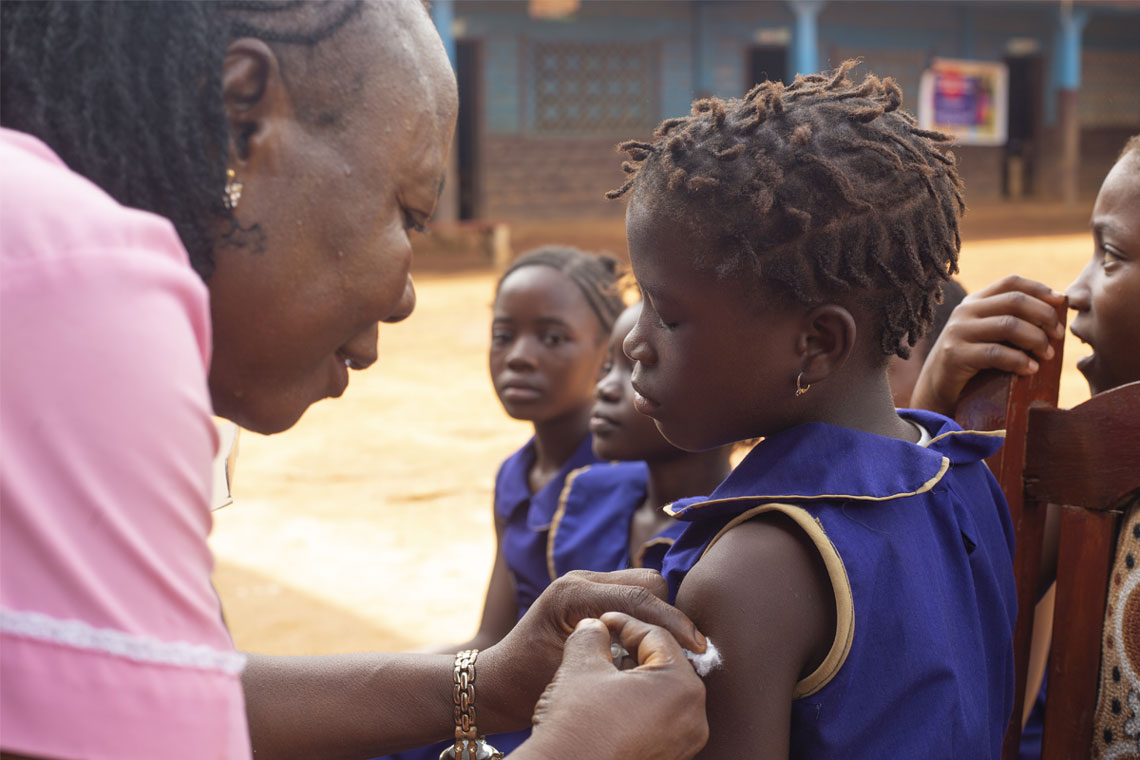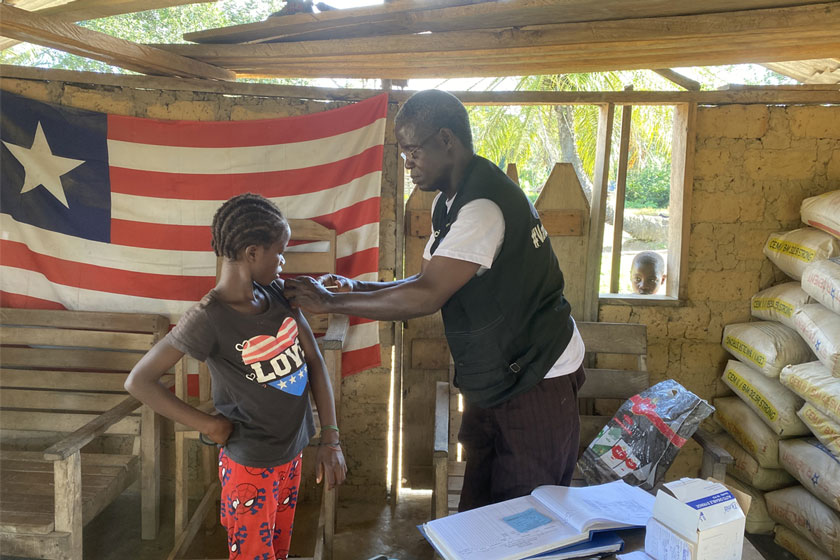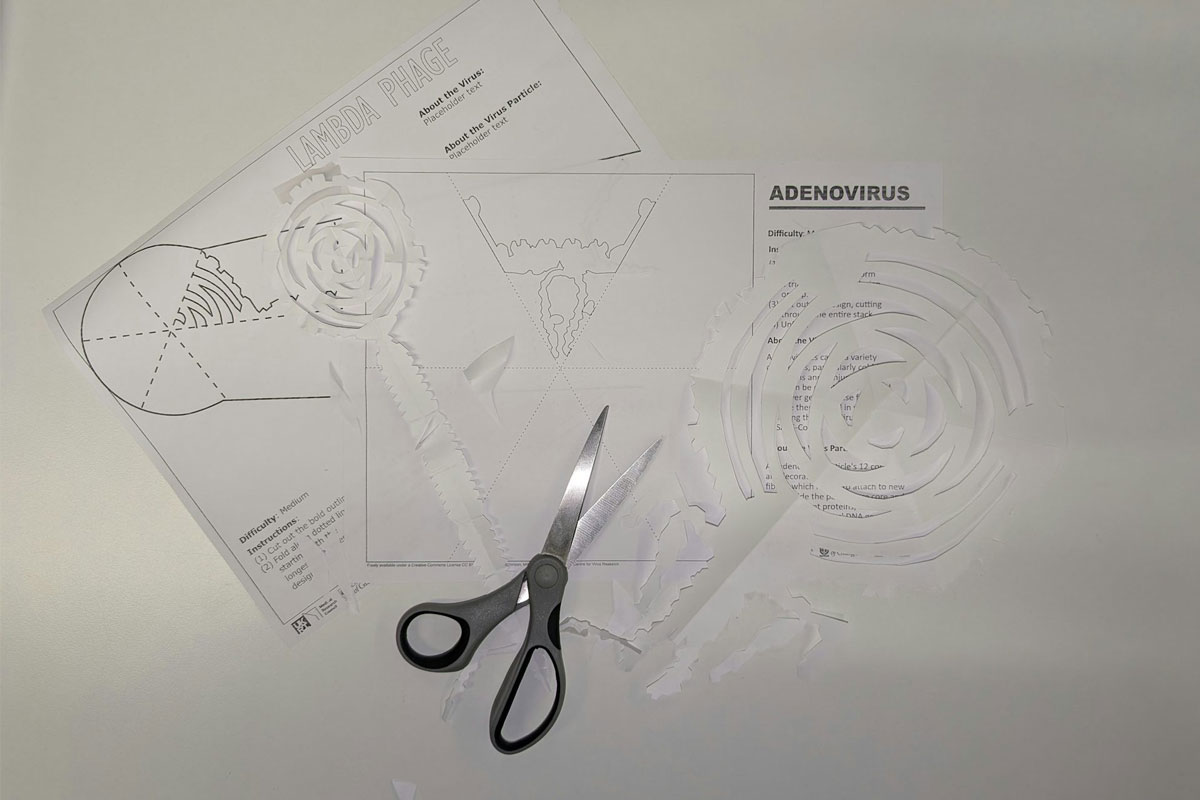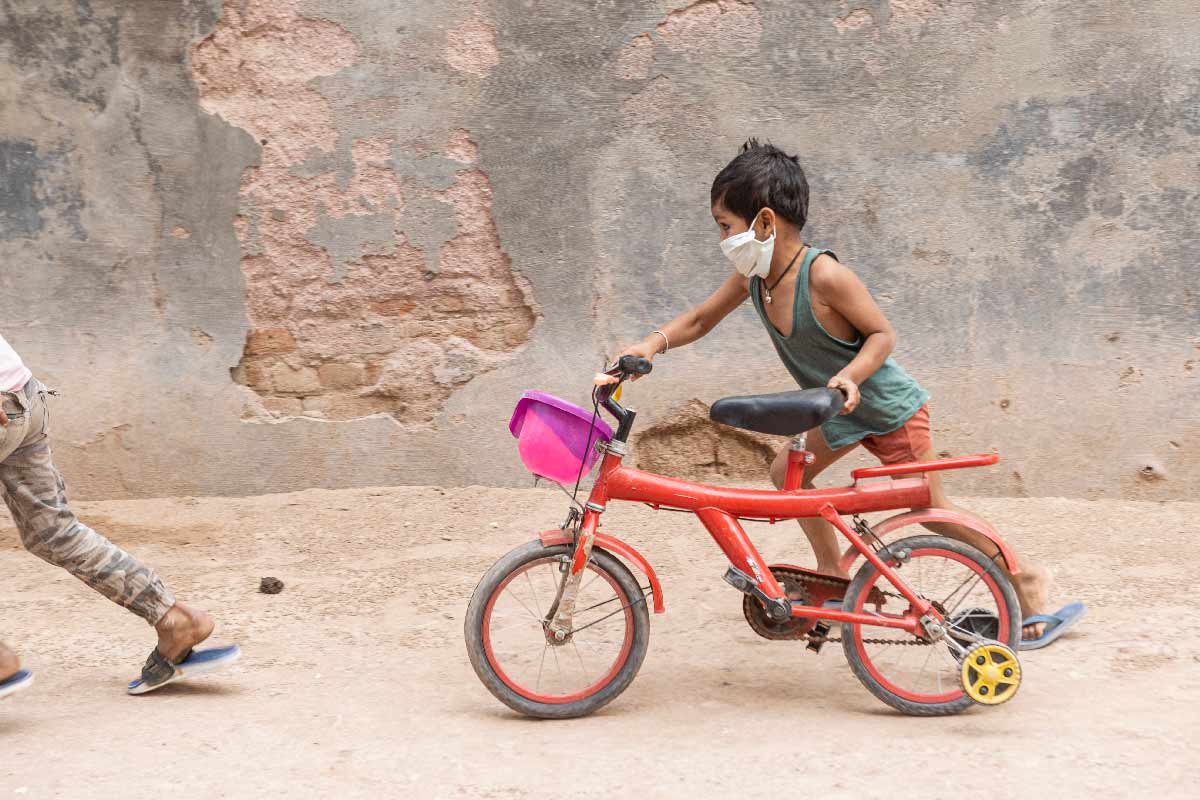Why millions of children still miss life-saving vaccines
Too many children remain unvaccinated. A new study charts a course to change.
- 22 August 2025
- 3 min read
- by Priya Joi
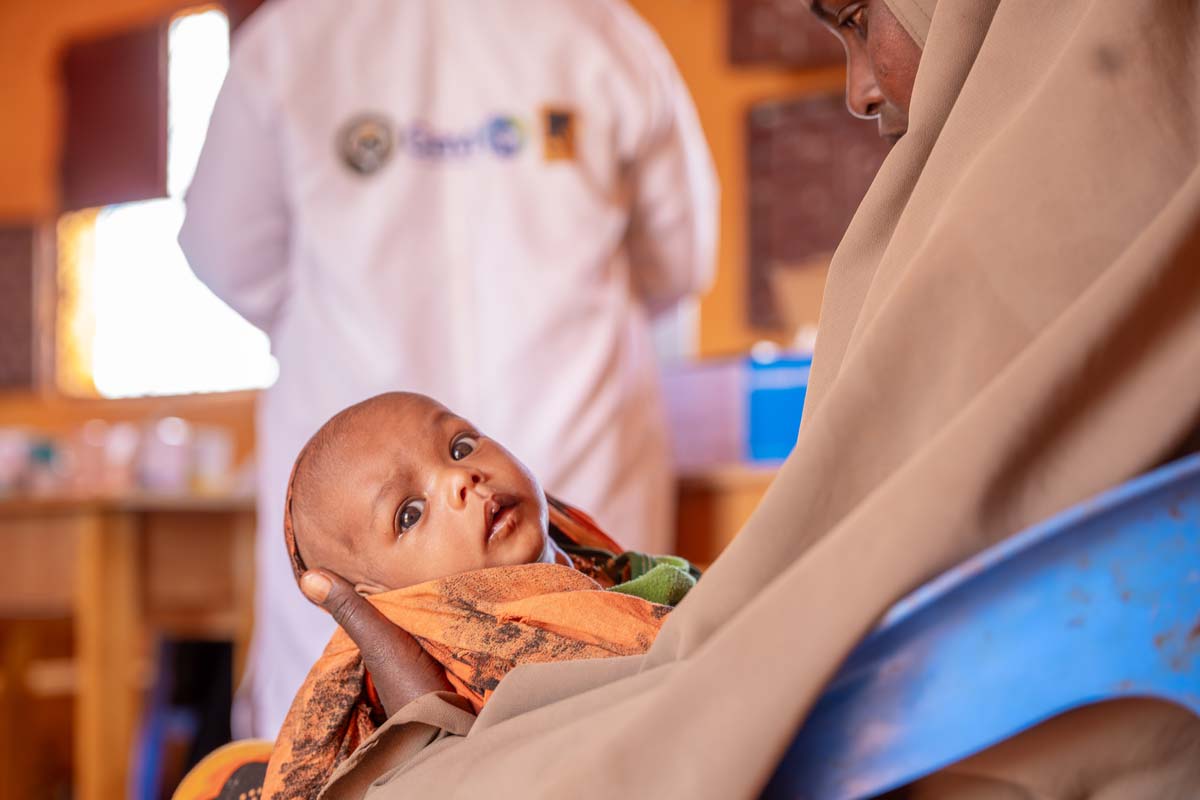
The Immunization Agenda 2030 (IA2030) is a global strategy launched in 2021 to provide guidance to ensure that every child receives life-saving vaccines. The key target is to reduce the number of 'zero-dose' children – those who never receive a childhood vaccine – by 25% by 2025, and by 50% by 2030, compared with a 2019 baseline.
Yet, in 2024, there were still 14.3 million zero-dose children – still above the 2019 baseline of 12.8 million – mainly due to slow recovery from COVID-19-related disruptions, especially in lower income countries, as well as growing conflict and instability.
Before 2021, few studies differentiated between children who never received any vaccines and those who were under-immunised – that is, children who may have received some, but not all, recommended vaccine doses.
As evidence-driven solutions are critical for tackling this challenge, Gavi, the Vaccine Alliance and the Université de Montréal undertook the first global scoping review of the available scientific evidence on zero-dose children since the launch of IA2030. Published in BMJ Global Health this month, the review analysed 82 studies published between January 2020 and January 2024. Here are five key takeaways:
1. Barriers to vaccination are complex
The main barriers identified by the review include lack of intent to vaccinate by parents or caregivers, community access issues such as distance to health facilities or lack of outreach programmes, and broader socioeconomic and cultural challenges. These include low utilisation of maternal health services, economic insecurity, marginalisation, and low levels of maternal education or literacy.
2. Existing research describes prevalence of zero-dose children or barriers to vaccination – but rarely evaluates solutions
While the prevalence, risk factors, and barriers for zero-dose children are well-documented, the paper highlights a significant shortfall in evidence about what works to reach and vaccinate these populations.
Among the 82 studies reviewed by the authors, a substantial majority focused on mapping the number and distribution of zero-dose children and exploring the underlying reasons behind their lack of vaccination. While 73 studies provided quantitative data on where and how many zero-dose children existed, only 24 analysed barriers to access or uptake. Notably, the review found no published studies examining the impact, cost, or effectiveness of specific interventions aimed at reducing the zero-dose population, highlighting a critical evidence gap in implementation science for routine immunisation.
3. Rigorously evaluated interventions and implementation research are urgently needed
The authors issue a call for studies assessing routine immunisation delivery strategies targeted at zero-dose children and missed communities, with measurement not only of coverage but also cost, cost-effectiveness, and broader health impacts. Such research is essential to inform policy, allocate resources efficiently, and close the gap in immunisation equity at local, national and global levels.
4. Zero-dose children experience multiple and overlapping deprivations that increase their risk
The researchers found that zero-dose children are disproportionately represented among families and communities facing a combination of health, economic and educational limitations. Low socioeconomic status (reported in 29 studies) and low maternal education or literacy (reported in 28 studies) are particularly prevalent. The patterns of deprivation vary significantly by geographic region, population group and local context – indicating that strategies to reach these children must be context-sensitive and responsive to myriad, intersecting risk factors.
Have you read?
5. More transformative and integrated approaches are needed for vaccine equity
Rather than focusing solely on incremental improvements in vaccination coverage, the paper called for a shift towards integrated strategies that can simultaneously tackle multiple dimensions of deprivation. Interventions should be tailored to local contexts and designed to deliver health services alongside other forms of social support – such as maternal education, economic empowerment and community outreach – to break through the complex web of barriers that keep zero-dose children excluded from vaccination and lock them into situations of disadvantage. This requires partnership with communities, multi-sectoral action and comprehensive measurement of outcomes beyond vaccine uptake alone.



